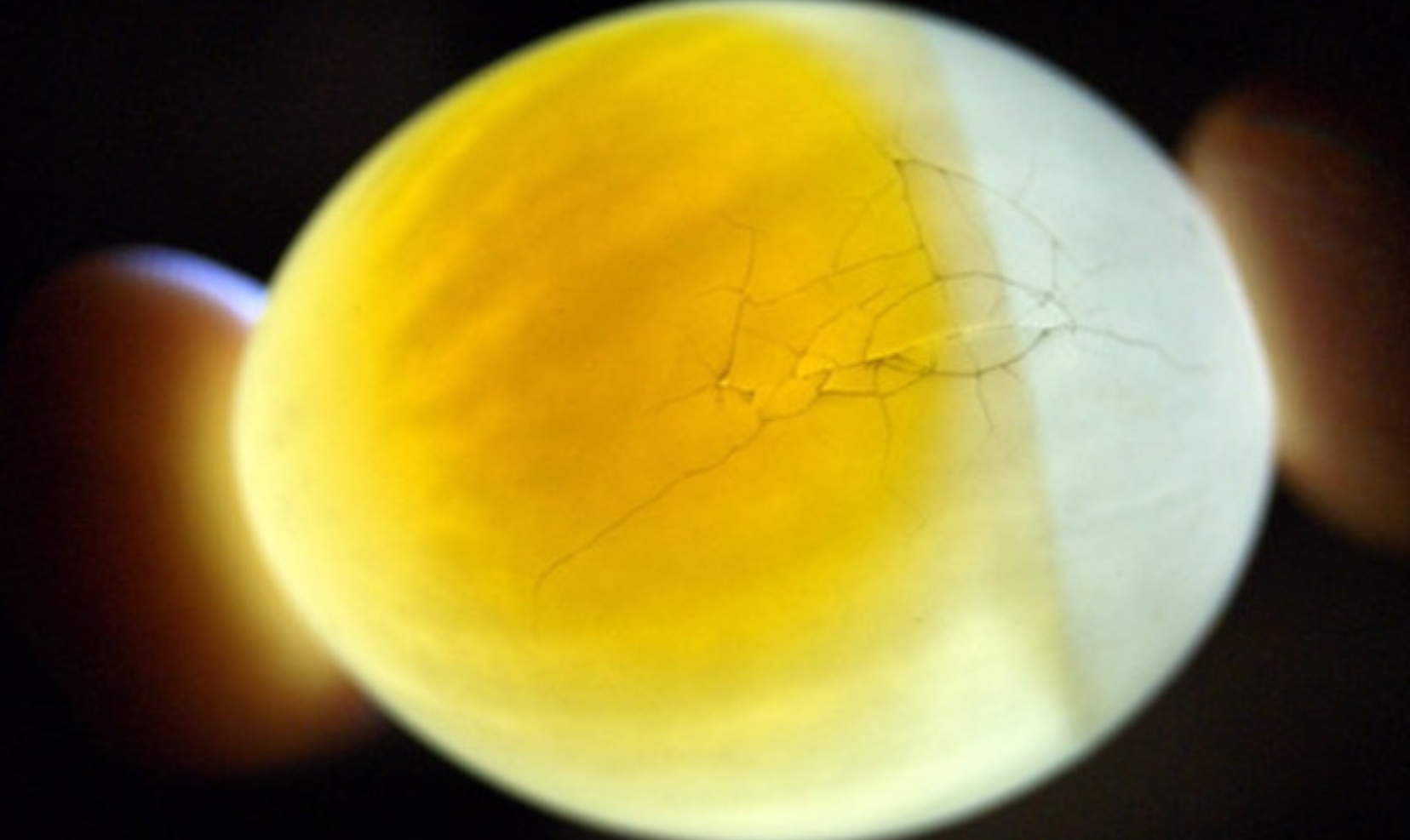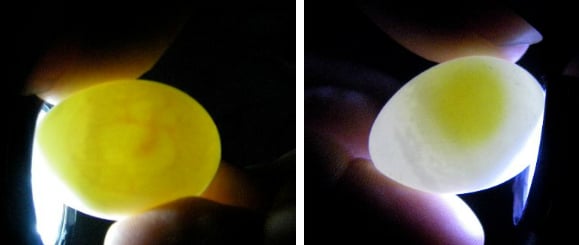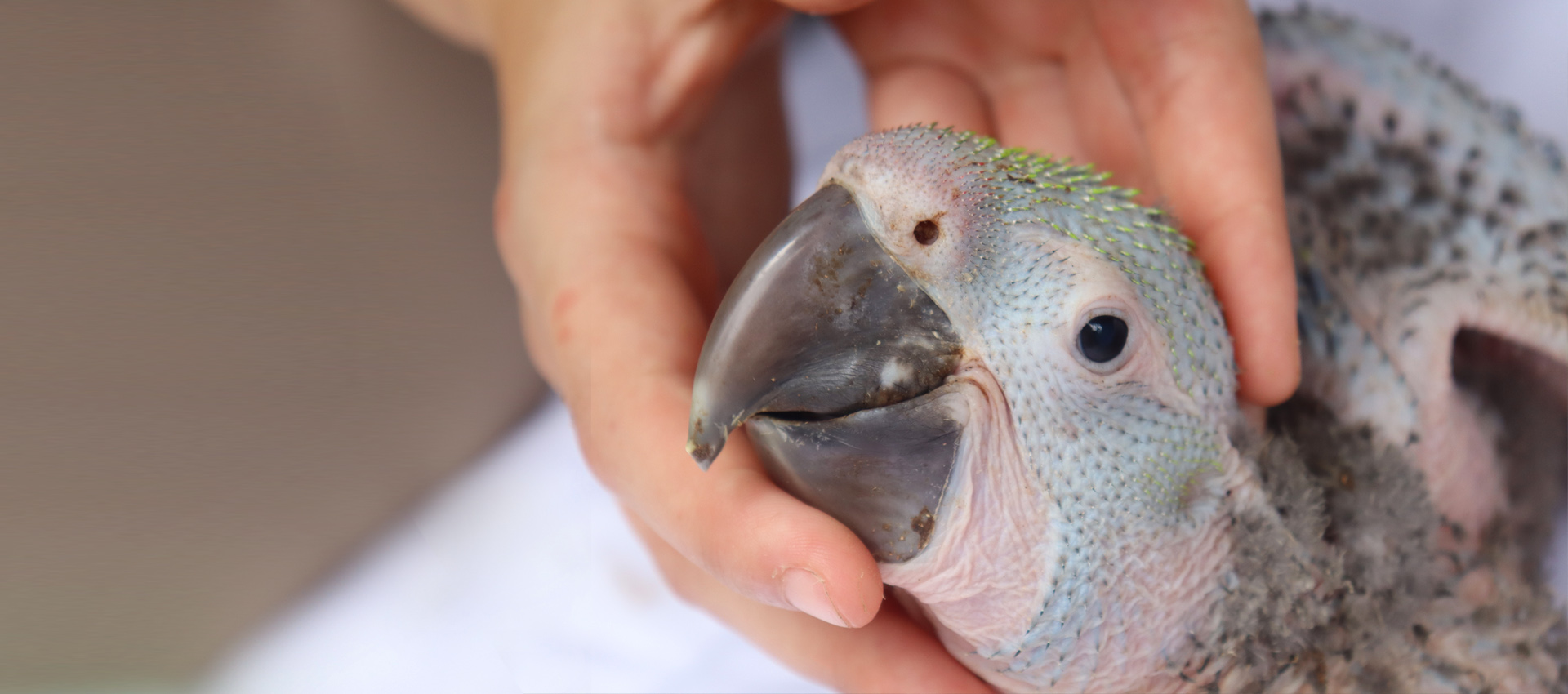Your cart is currently empty!

Breeding and Egg Production Charts

HARI Official Brand Site


Simplify the process of recording each egg layed by a pair with this chart. It’s particularly helpful in assessing fertility challenges and success. Capture detailed information about every egg, regardless of its fertility or hatching outcome.
This chart is particularly useful for evaluating the assessment of brooding behaviour, incubation skills, clutch size, and egg condition when inspected in the nest. This compilation can be gathered throughout the pair’s reproductive lifespan. One chart should be used for each breeding pair
Detailed datakeeping of reproductive activity is essential to ensure proper breeding pair evaluation. When inspecting each egg closely and recording as many characteristics as possible, conditions responsible for unsuccessful reproduction can be unveiled. Regrettably, if aviculturists rely solely on evaluating the successfully hatched chicks from a clutch, valuable information may be lost.
Assessment of the pairs’ brooding behaviour, incubation skills, the size of the clutch, the condition of the eggs when inspected in the nest, specific characteristics (egg measurements, shape, condition of the shell, thickness, calcium deposits, streaks, cracks, pip holes etc.) of individual eggs within a clutch can be compiled throughout the pairs reproductive life stage.
Nest and flight design, husbandry issues, and environmental stressors can be re-evaluated should characteristics associated with these factors be highlighted (i.e. eggs were resting on inadequate nest substrate, dirty nest & eggs, wet or excessively dry conditions within the nest).
Examples of parental neglect due to incompatibility of the pair, inexperience, or disturbances in the proximity of the nest or environment of the pair, can be revealed when characteristics on eggs are noted (i.e. trauma to the shells, soiled feces stuck to shell, improper incubation or turning are observed).

The reasons for retrieving an egg for artificial incubation should also be recorded for future reference. Assessment of fertility and or stages of embryonic death can also provide valuable insights into the nutritional health and possible medical or disease concerns that could be affecting the viability of the embryo. Your avian veterinarian can also use this valuable data to help you assess the health of your breeding pair. Viable eggs retrieved from artificial incubation can be monitored daily with the artificial egg incubation chart.
Each Pair that has a history of or begins breeding (laying) activity must have a copy of this file in their individual files.
Both Files must be updated as new information is recorded.

Incubating bird eggs is a complicated process that necessitates a suitable environment and the proper equipment. To ensure that the eggs hatch successfully, it is critical to maintain the appropriate temperature, humidity, ventilation, egg turning, and sanitation. This paper explores these factors in detail, providing tips on collecting and incubating parrot eggs and different methods to aid dry eggs.